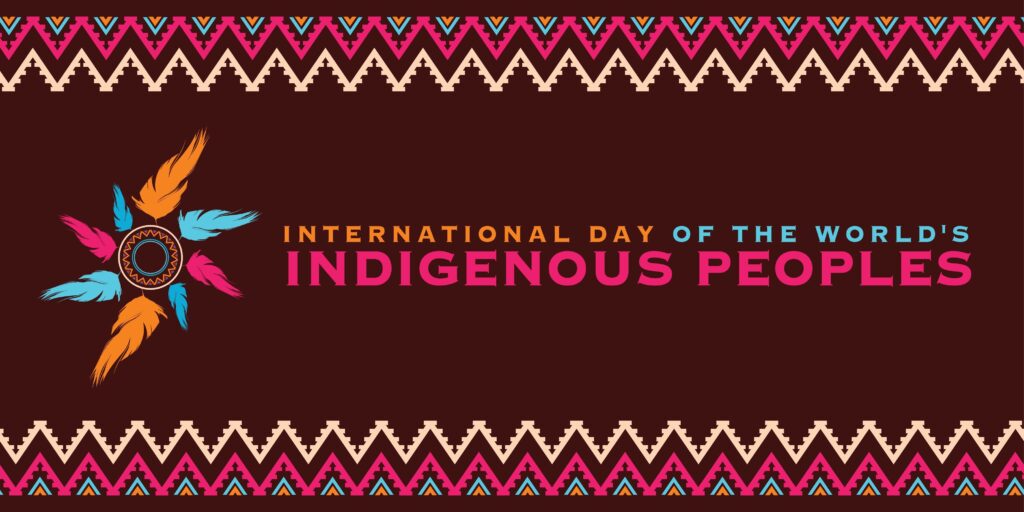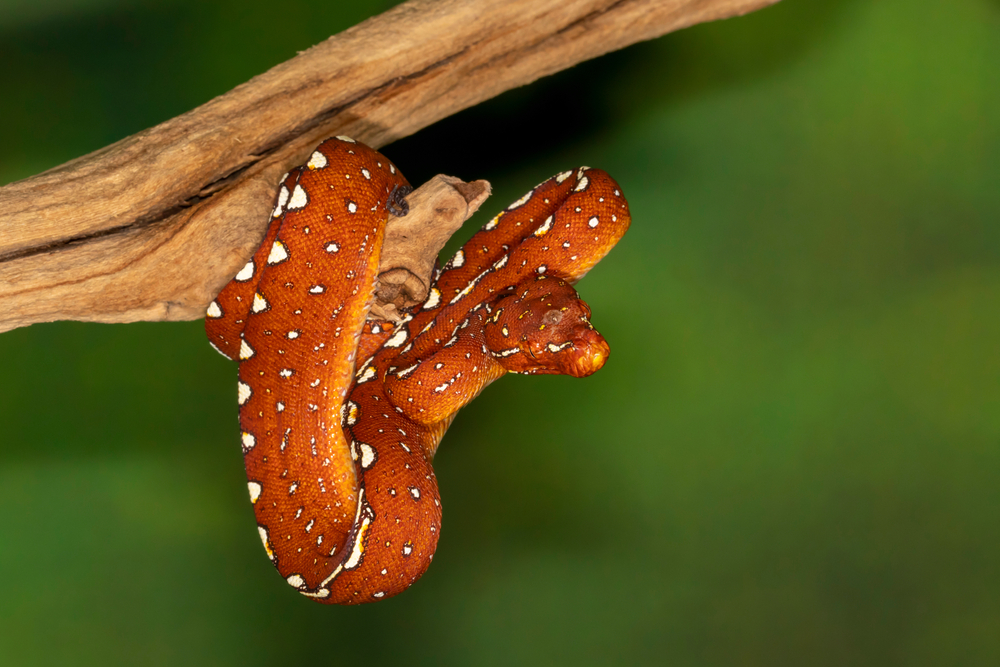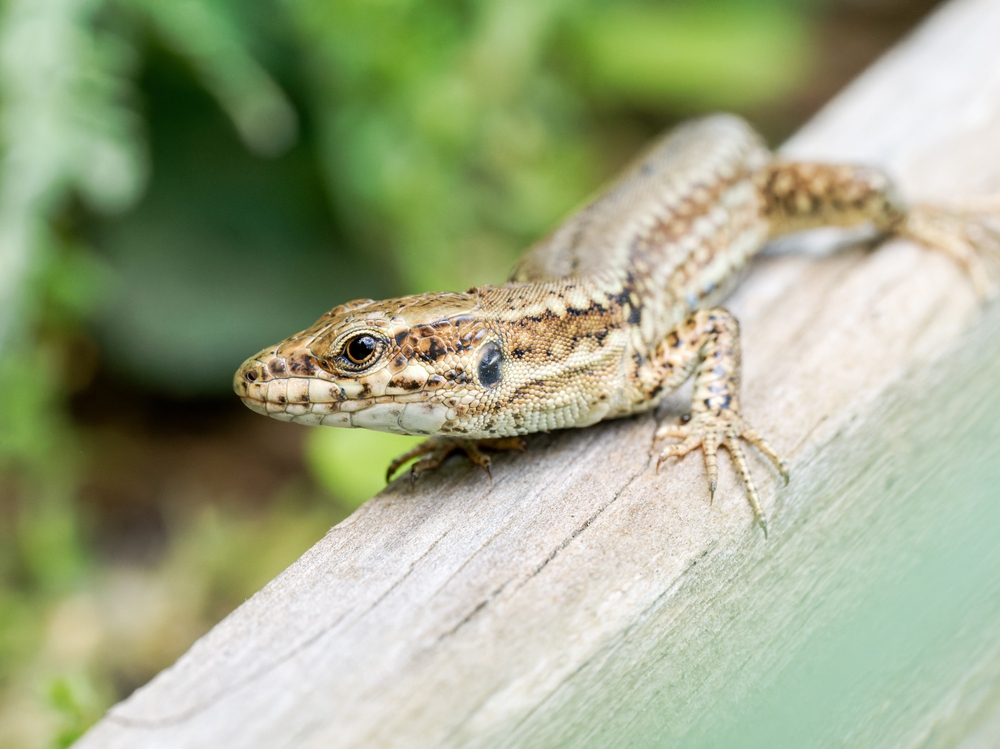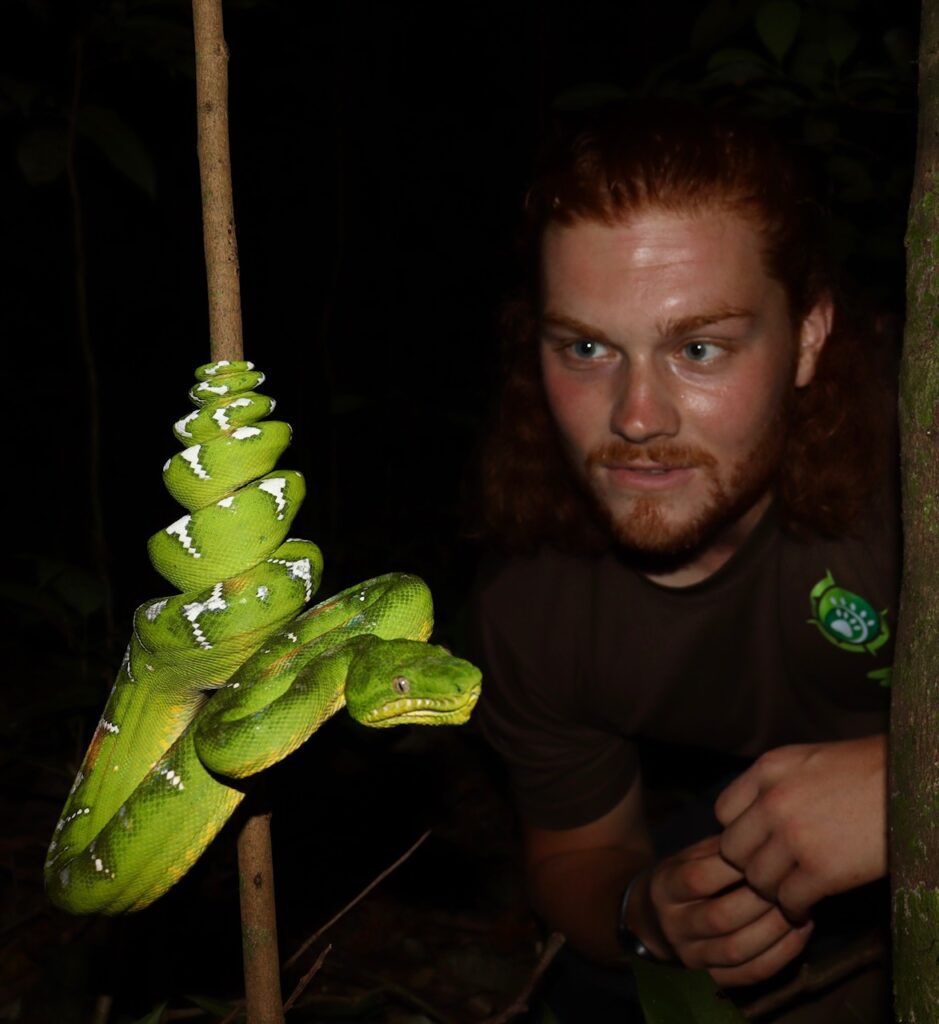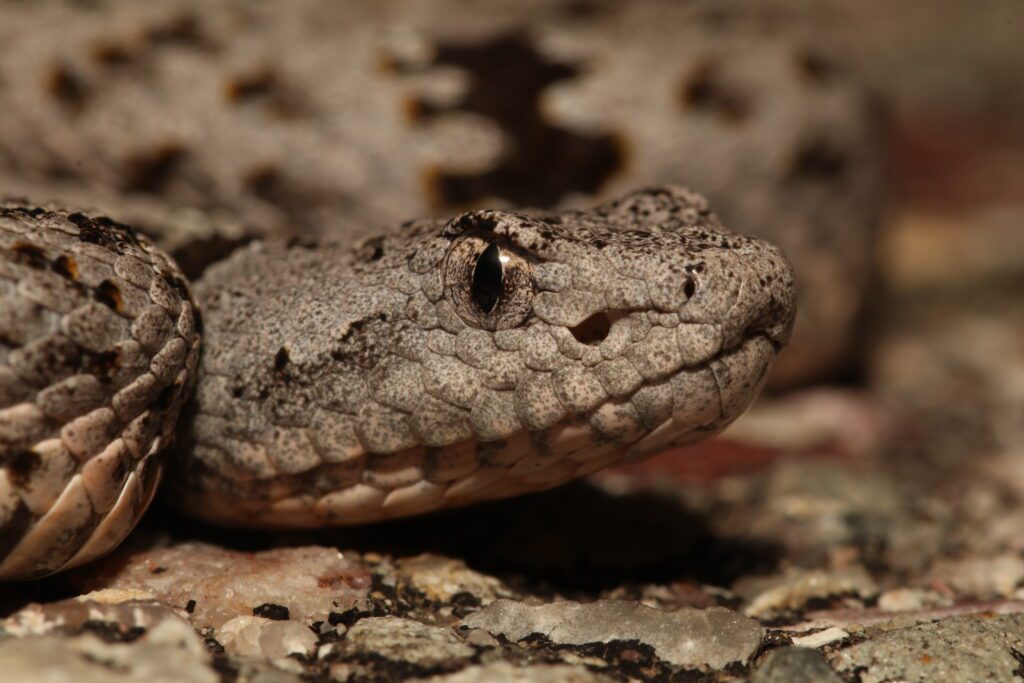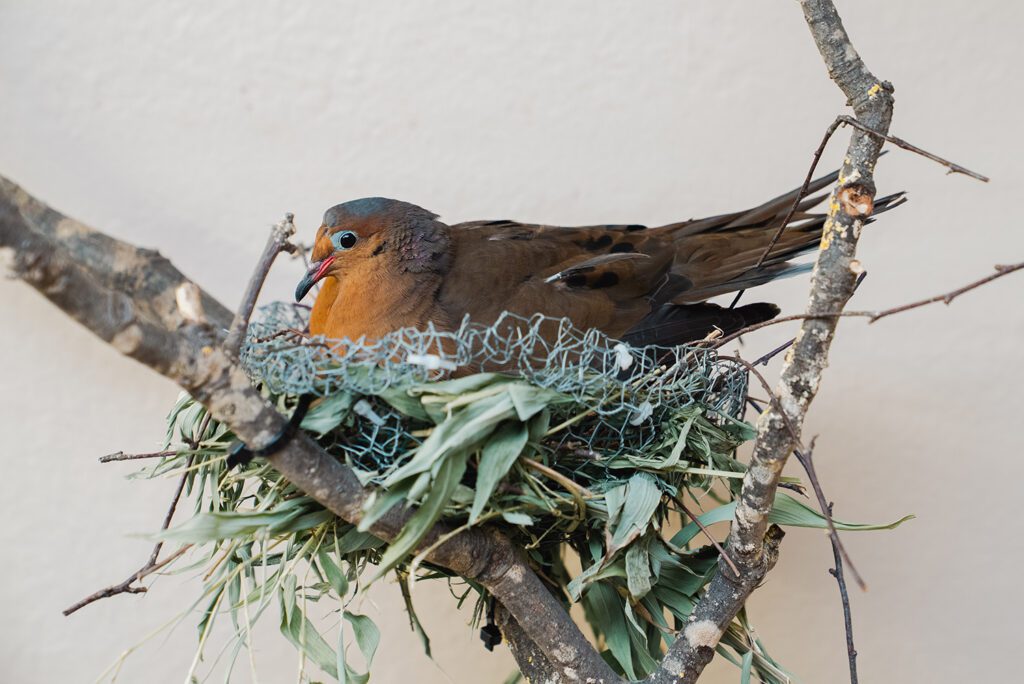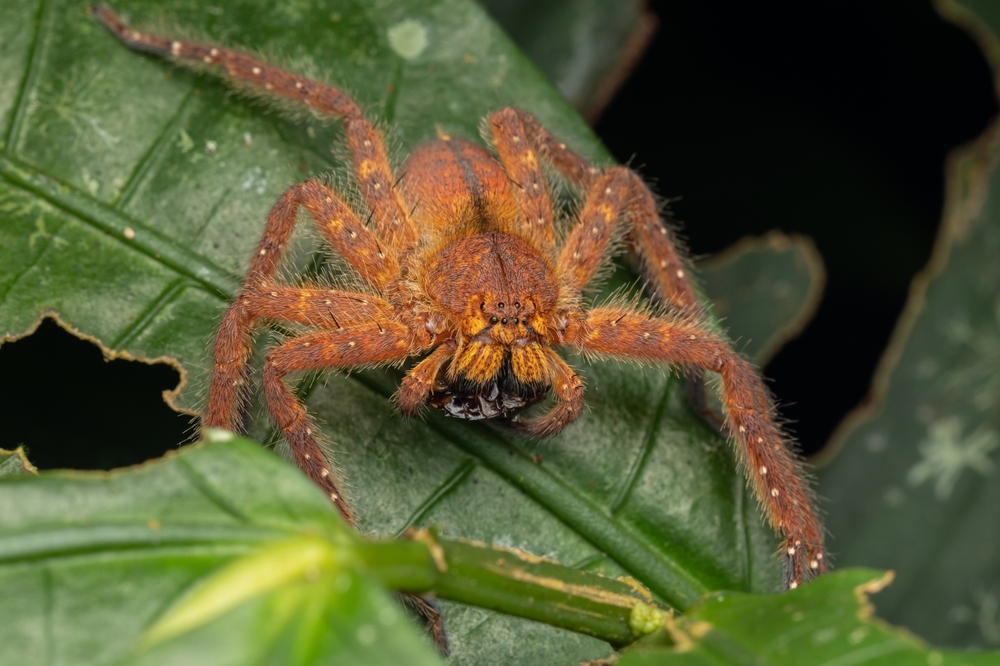Indigenous Peoples hold a unique relationship with the natural world. This relationship has been passed down generations maintaining their rich beliefs and cultures. This International Day of the World’s Indigenous Peoples (9th August), we celebrate those beliefs with three examples involving herps from around the world.
Tuatara- Indigenous Peoples of New Zealand
The tuatara (Sphenodon punctatus) is a rare and ancient reptile endemic to New Zealand (Aotearoa) and represents the sole surviving member of Rhynchocephalia – an evolutionary lineage dating back over 200 million years. Despite its lizard-like appearance, the tuatara is genetically and anatomically distinct, with features such as a spiny crest, a well-developed parietal “third eye”, and a unique beak-like jaw structure more reminiscent of extinct reptiles than modern species. The tuatara inhabits burrows and remains active in cooler temperatures, uncommon for reptiles. Remarkably their lifespan can exceed a century, in part owing to their slow rate of growth and reproduction, reaching sexual maturity at the age of 30.
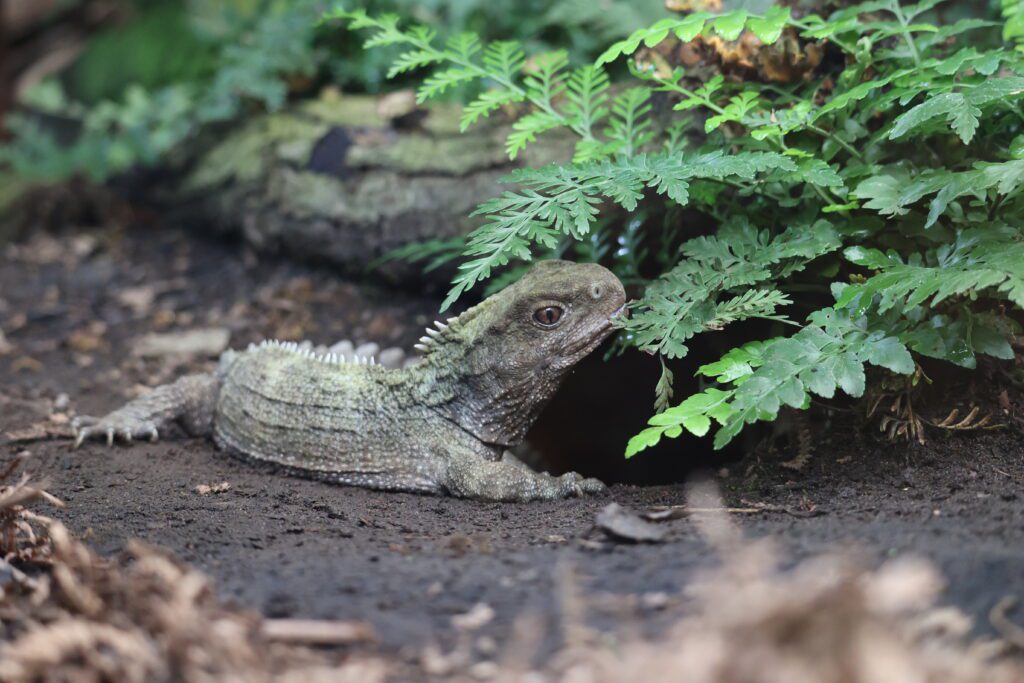
Tuatara translates to “spiny back” in Māori. For the Indigenous Peoples of the Māori iwi (tribes), the tuatara is considered a taonga (treasure), seen as a kaitiaki (guardian) associated with sacred knowledge, protection and ancestry. Their presence near wāhi tapu (sacred places) is seen as a spiritual sign. Some cultures regard them as Ariki (God-forms) and as messengers of Whiro, the God of death and disaster. Its rarity and ancient lineage have earned it a place in oral histories that emphasise endurance, wisdom and a deep connection to the land and spiritual realm. For the Māori, protecting the tuatara is about upholding mana (prestige, spiritual authority) and an intergenerational responsibility, leading to many Indigenous-led conservation efforts. This is deep rooted in the concept of kaitiakitanga – guardianship over the natural world – and has led to a blend between traditional ecological knowledge and modern conservation science. Māori iwi such as Ngāti Koata, Ngātiwai and Ngāti Kuri have been central to tuatara recovery programs, particularly on predator-free offshore islands, such as Takapourewa (Stephen Island). Takapourewa is co-managed by Ngāti Koata and is home to one of the largest natural populations of tuatara thanks to ecological monitoring, translocation projects, and advocacy for culturally respective practices in scientific research. The tuataras’ survival is thus a living example of bicultural conservation with Indigenous Peoples and highlights the importance of Indigenous knowledge and efforts.
Thorny Devil- Indigenous Peoples of The Northern Territory
Thorny devils are well adapted to surviving in the harsh conditions of the Australian Outback. Covered in thorny spikes, two horns and a false-head on their neck, their appearance is striking. The spikes not only deter predators but draw moist dew to the mouth through capillary action. This appearance is also thought to have contributed to their scientific name- Moloch horridus. Within the Bible, Moloch is referred to as a deity that engages in the sacrifice of children. In medieval depictions, Moloch was depicted with a bull’s head.
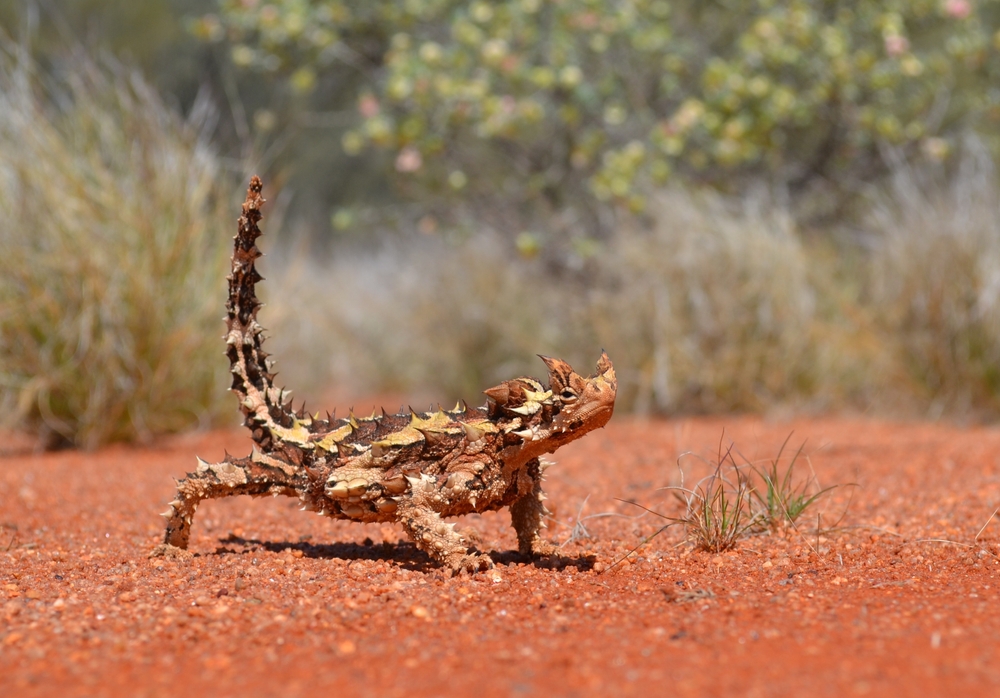
Central to Australian Aboriginal culture, Dreamtime stories connect Aboriginal people to the creation and existence of the world. The world is believed to have been created by Ancestor Beings, whose spirits remain in the country. Dreamtime stories closely connect Aboriginal people to the land and animals of Australia. One such Dreaming for the Anmatyerre/Alyawarr people of the Northern Territory involves a thorny devil, Arnkerrth, who travelled the Atnangker county, defining the landscape and identifying sacred sites. Thorny devils and the Atnangker dreaming have influenced Aboriginal art, with either the animals shape or colours featuring; demonstrating how Indigenous Peoples culture can be maintained, shared and celebrated through art.
Eastern Box Turtle- Indigenous Peoples of North America
With its high-domed shell marked in bright yellow, orange, or red, the eastern box turtle (Terrapene carolina carolina) is unique in two ways. Firstly, it is terrestrial inhabiting small home ranges of forests, meadows and wetlands in the eastern United States. Secondly, these turtles can close their shells. Featuring a hinged plastron – the bony underside of the shell – they can close their shells tightly protecting them from predators. Eastern box turtles have been known to live to over a century, but habitat loss and environmental change have caused population declines, making them a conservation concern.
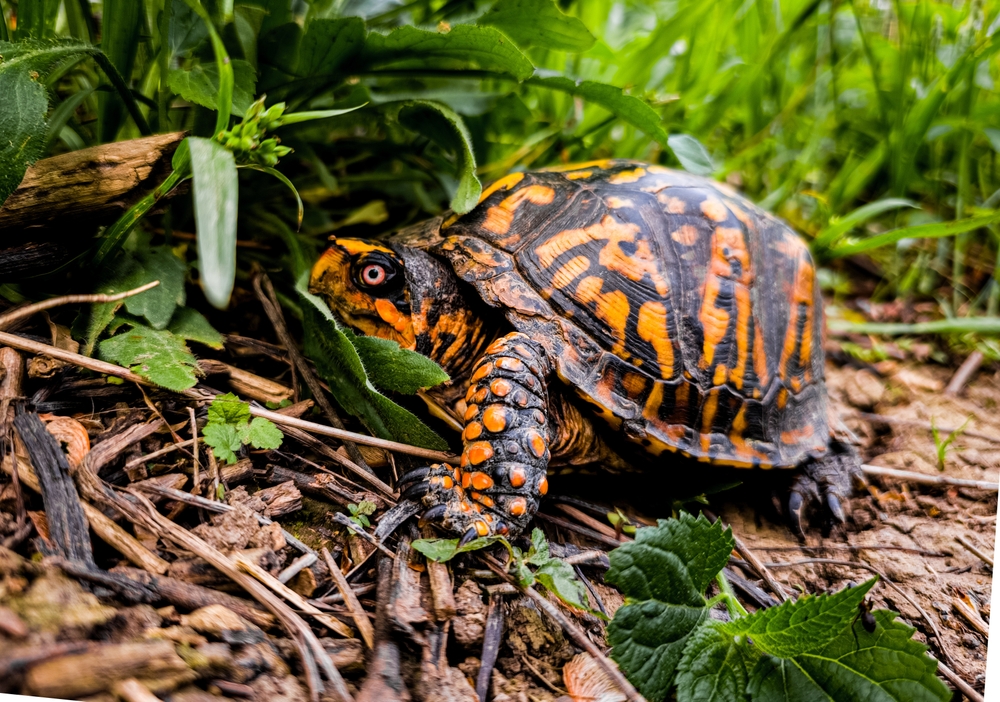
The eastern box turtle holds cultural importance for many Indigenous Peoples, including the Haudenosaunee, Cherokee, and Lenape. The Cherokee used its tough shell for ceremonial rattles. The turtle itself has appeared in stories as a warrior figure named Taksi. After European contact, the Cherokee word daski, meaning turtle, was extended to mean ‘padlock‘. This is likely a nod to the eastern box turtles’ ability to close its shell. For some tribes, the turtle served as a seasonal guide, emerging from hibernation when certain plants were ready to harvest.
In the Haudenosaunee Creation Story, the Earth rests on the back of a giant turtle. This powerful symbol is echoed in the eastern box turtle’s sturdy form and unhurried, persistent nature. This story gives rise to the name “Turtle Island” for North America. Today, Indigenous Peoples are leading conservation efforts in partnership with universities and state agencies across New York, the Great Lakes, and Appalachia. The efforts of Indigenous Peoples focus on protecting habitats, mitigating threats from urban development and road mortality, and sharing traditional ecological knowledge. Just as the turtle carries the Earth in creation stories, so too must people carry forward a duty to safeguard its future.
By Adam Colyer and Sanya Aggarwal
Nature’s Imitation Game: Emerald Tree Boas and Green Tree Pythons
High in the forests of South America and the Indonesian archipelago, jewel-toned snakes drape themselves…
The Wall Lizards of Ventnor Botanic Garden
Tucked away on the sun-soaked southern coast of the Isle of Wight, UK lies a…
Thinking Like a Snake: Field Insights into Emerald Tree Boa Husbandry
Among keepers, few snakes inspire as much awe as the emerald tree boa (Corallus sp.)….
Herping Arizona Monsoons 2025 – Part One
Arizona encompasses vast stretches of Sonoran, Colorado, and Mojave Deserts. It’s scattered with 10,000-foot-high mountains…
“Extinct” Doves Hatch at Chester Zoo
Eight chicks belonging to a dove species that has been extinct in the wild for decades…
Naming Nature: Where Taxonomy Meets Pop Culture
From David Bowie’s lightning bolt immortalised in the iridescent fur of a spider, to Jackie…
